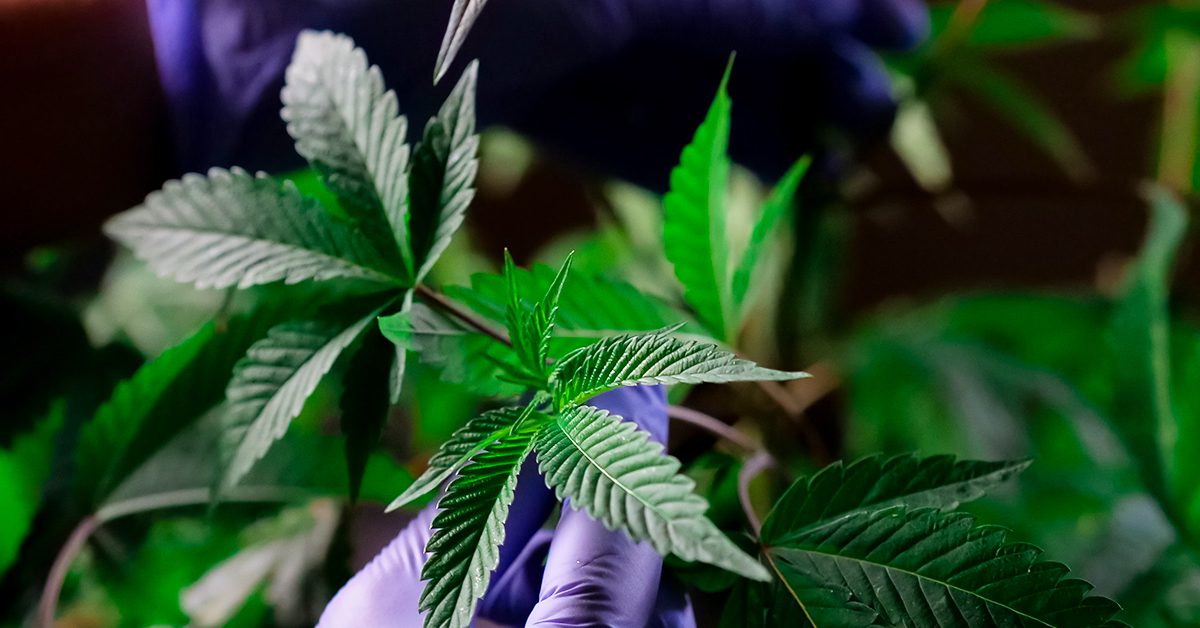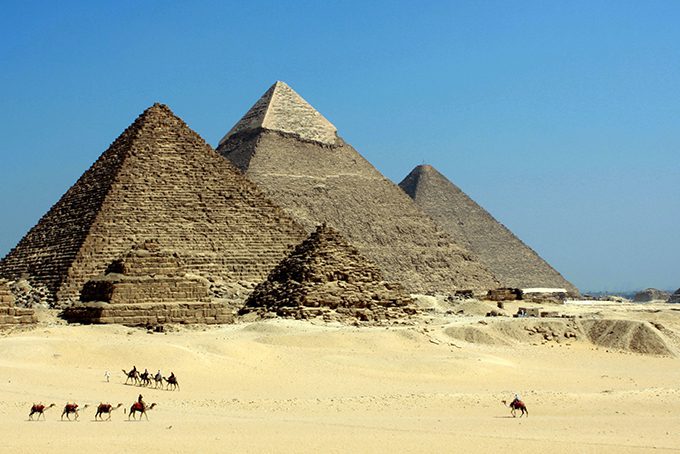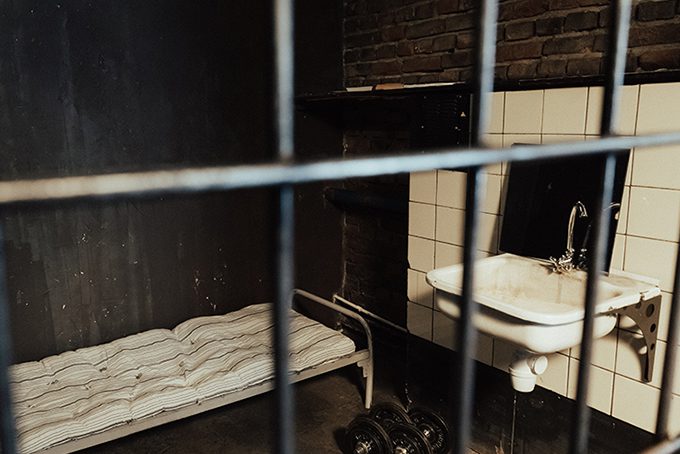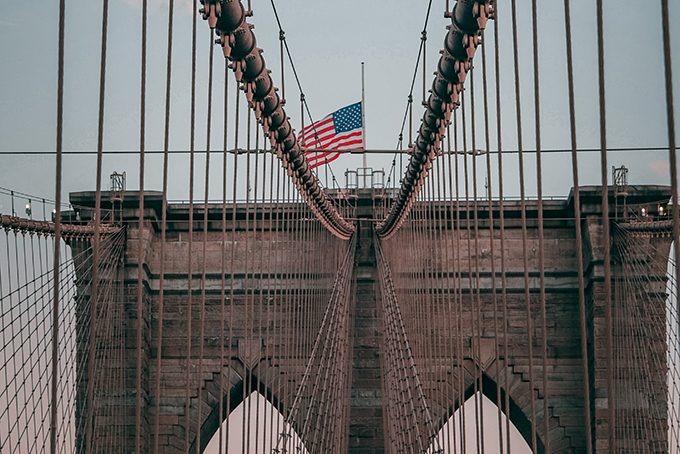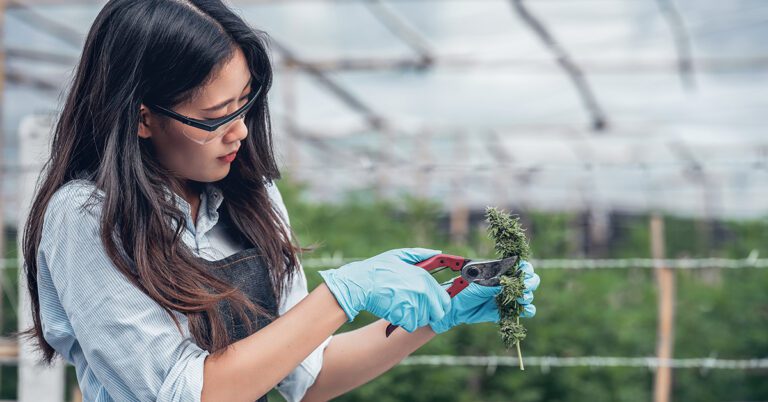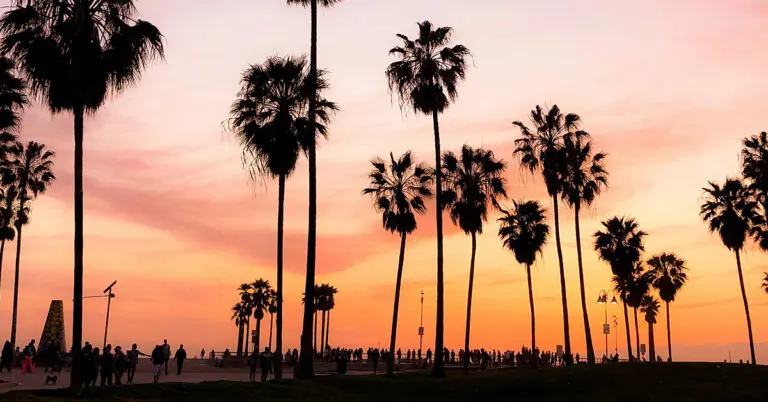These days, instead of pouring a glass of wine or cracking open a cold one, many people choose to blow cannabis clouds or devour an edible to relax. Whether you are working in the cannabis industry, planning to transition into it, or simply love to use cannabis or CBD, knowing the history of cannabis is essential. We’re investing in the future of cannabis, but that doesn’t mean its past isn’t important. There are over 30 states where medical or adult-use cannabis is legal. We’re here on the shoulders of all those before us who fought for the legalization of the plant.
Before the prohibition era and the War on Drugs, people all over the world would grow and use cannabis. There were no limitations to shackle down cannabis farmers and users. Farmers harvested hemp fields without any tight restrictions from the government. Also, there were no plans to defame the popular plant. Marijuana history is complex with plenty of pitfalls and some praiseworthy moments. As Maya Angelou once stated, “you can’t really know where you’re going until you know where you have been.” So, we’ve decided to present to you the history of cannabis.
How Old is Cannabis?
Cannabis has been around the block once or twice providing many values. So, how old is it? It’s thought to be one of the earliest domesticated crops on the planet. The popular plant was used in China 8,500 years ago and was introduced to Western Asia and Europe around 2,000-1,000 BCE. For most of its history, cannabis was a source of fiber, not a source to get high. The plant is older than most people think!
The History of Using of Hemp & Cannabis
To say hemp–a strain of the cannabis plant–was common way back in the day is an understatement. It was so popular that in 1619, the Virginia Assembly passed legislation requiring households to make hemp. Not to mention, it was a form of currency in some places, including Virginia and Massachusetts. Marijuana history tells us it was used for hundreds of years to create rope and sailcloth, which was vital to the shipping industry. And the popular hemp fiber helped people all over the world during this little thing called The Industrial Revolution. You may even recognize some of the many hemp cultivators during the time: George Washington, Thomas Jefferson, and James Madison. During the Civil War, cotton started taking the place of hemp, which was the beginning of its decline.
Cannabis Medicinal History
Knowledge about hemp is helpful, as we can see that cannabis has been an asset to society for quite some time. But–as you know–cannabis is a versatile super plant. Many ancient cultures used cannabis in the medical and religious fields. Cannabis healing properties are nothing new, as medical marijuana dates back 5,000 years! Experts speculate that Ancient Egyptians would use cannabis to treat inflammation and glaucoma. Additionally, Indians in 1,000 B.C. used it as an anesthetic, and Ancient Indians utilized it as an alleged cure for leprosy.
You’ll find cannabis in religious stories and text, as well. For example, it’s stated that the Hindu God, Shiva, slept under a marijuana plant and snacked on its leaves. Take a look at the Vedas, which is an assortment of ancient scriptures. You’ll find that cannabis is presented as an herb that helps people deal with apprehension and fear. It’s also an ingredient for an anointing oil discussed in the original Exodus.
Marijuana’s footprint is all over our past, and for a long time, people accepted it. It didn’t get a bad rep until the early 1900s when cannabis use became heavily associated with Mexican immigrants–who introduced recreational use of marijuana. At the time, Mexicans were already painted with mistrust by Americans. The hate continued to boil, leading to the cannabis prohibition era and the War on Drugs. This was the beginning of the cannabis stigma building in the history of marijuana.
Criminalizing Marijuana
From 1900 to around 1930, cannabis was an accepted ingredient in all types of medication. People would use it as a painkiller and sedative. When cannabis was associated with Mexican immigrants during the 1900s, the illusion that cannabis is dangerous–fueled by hatred and racism–was born. The Great Depression made Americans fearful of Mexican immigrants, as they worried about Mexicans swooping in and snatching their jobs.
In 1931, 29 states approved laws to prohibit cannabis with almost no debate from the public. Around the same time, Harry Anslinger–Commissioner of the Federal Bureau of Narcotics (FBN)–led a campaign to criminalize cannabis, telling the masses that it led to insanity. However, the only thing insane was the campaign itself. Anslinger’s campaign was built on mostly fiction. And it led to the social construction of cannabis as one of the most dangerous drugs out there. His fearmongering secured his position as the head of the FBN for three decades. The vilification of marijuana was in full force when the Marihuana Tax Act was passed in 1937, putting high restrictive taxes on the import, export, production, and sales of cannabis and hemp, even though the American Medical Association opposed the ridiculous act.
Cannabis Prohibition Era in the U.S. & the War on Drugs
Over the next several decades, there were some wins for cannabis, but it was mostly still painted as an infamous and perilous drug. In the 1950s, the Boggs Act and Narcotics Control Act were passed, establishing mandatory punishments for drug-related offenses. For example, possession of marijuana for a first-time-offender resulted in a minimum sentence of 2-20 years and a $20,000 fine. By the time the 60s rolled around, cannabis was king in the counterculture, as it grew in popularity with anti-war activists, hippies, and college students. There were even reports authorized by President John F. Kennedy and Vice President Lyndon Johnson that found cannabis didn’t cause violent behavior and wasn’t a gateway drug.
Things weren’t looking so hot by the late 60s and early 70s, as the Controlled Substances Act was passed, ranking cannabis as a Schedule I drug right alongside heroin and LSD. This would slow down the research of scientists and doctors who were trying to discover how else we can use cannabis. Cannabis took even more heavy blows with President Richard Nixon declaring a “War on Drugs,” a movement that Nixon used to control his political adversaries. However, at the same time, the National Organization for the Reform of Marijuana Laws (NORML) was formed. The non-profit group would lead the way in legalizing non-medical cannabis and erase the penalties of responsible marijuana usage. They’re still fighting valiantly for complete cannabis legalization across the nation today.
Marijuana History in the 80s and 90s
In 1986, President Ronald Reagan approved the Anti-Drug Abuse Act, which raised cannabis penalties, and, in 1989, President George Bush, Sr. declared a “New War on Drugs” to further push anti-cannabis campaigns. During this time–1988 to be exact–the DEA’s (Drug Enforcement Administration) Chief Administrative Law Judge, Francis Young, said, marijuana “is one of the safest therapeutically active substances known to man.” Young recommended rescheduling cannabis to Schedule II, but, to no one’s surprise, it was denied.
From 1998 to 1999, President Bill Clinton’s administration spent a whopping $25 million to include anti-drug messages on primetime TV shows. During the 80s and 90s, cannabis became a full-on threat once again. Political filters and the power of media molded the perception of the masses. The effects of that misinformation still hold strong with some people today. Although it seemed like everything was going wrong during this time in cannabis history, there were some cheer-worthy moments.
One big win for cannabis came in the form of Proposition 215–or the Compassionate Use Act of 1996–a California law to permit medical cannabis use, although it lacks normal testing from the Food and Drug Administration. Proposition 215 was an important moment in the history of cannabis, as it was the beginning of legalizing medical marijuana. Dennis Peron, an LGBTQ and cannabis activist, was a trailblazer who recognized marijuana’s medicinal value. Dr. Dale Gieringer, the director of NORML and co-author of Proposition 215, stated Peron’s relentless activism was a big part of legalizing medical cannabis. Peron is known as the Father of Medical Marijuana in the United States.
Medical and Adult-Use Cannabis Legalization
California led the way with its legalization of medical cannabis in 1996. Oregon, Alaska, and Washington followed in the Golden State’s footsteps in 1998. From the late 90s throughout the 2000s, several states legalized the use of medical cannabis through their state legislature. Although America was making moves in green-lighting marijuana in the medical field, it still came up short in approving the use of the mind-elevating plant for recreational use.
Then it happened. In 2012, the voters in Colorado and Washington made history, legalizing cannabis for adult-use. This groundbreaking event marks the first legalization of recreational cannabis in America. Colorado’s Amendment 64 made it legal for people over 21 years of age to possess cannabis and for businesses to sell it. Washington approved Initiative 502, legalizing small amounts of cannabis products for adults over 21 years old. Amendment 64 was approved by 55.32% of Coloradans, and Initiative 502 passed with 55.7% of the votes siding with the healing green plant in The Evergreen State.
The History of Cannabis in Pop Culture
Despite all the political shackles on cannabis throughout the years, it managed to thrive consistently in the world of pop culture. Pop culture keeps cannabis in the spotlight, as marijuana references are in several movies, TV shows, and music albums. And everyone passionate about cannabis has their beloved go-to tunes or flicks. Music and movies complement that serene and pacifying feeling of being high. We figured it wouldn’t be right to discuss the history of cannabis without at least spending a portion of time on its presence in pop culture. Here are just a few of the cannabis highlights in movies, TV shows, and music:
Pop Culture Cannabis Highlights
Reefer Madness (1936) – This melodramatic morality tale follows the events of high school students after they’re pushed to try marijuana. The teens descend into madness, delivering what the title promised. In the 70s, it evolved into an unintentional satire.
Jimi Hendrix – “Purple Haze” (1970) – Hendrix’s biographer Harry Shapiro said this song is a “pot-pourri of ideas.” It’s a classic for cannabis lovers and even has its own strain.
Bob Marley – “Sun Is Shining” (1971) – Almost any Bob Marley track can complement cannabis use perfectly. We picked one of the best to highlight in “Sun Is Shining” from the Soul Revolution album.
Up in Smoke (1978) – How can we talk about cannabis in pop culture without mentioning Cheech and Chong? This road trip flick finds the likable duo on an adventure throughout California trying to find quality cannabis.
Dazed and Confused (1993) – With a playful spirit, this coming-of-age film set in the mid-70s revolves around marijuana-smoking teens on the last day of the school year. It captures the mood of the time in a very real way. And it became a classic to cannabis-users and film aficionados alike.
Weeds TV Series (2005-2012) – This comedy series starring Mary-Louise Parker as a marijuana-dealing suburban widow is a winning show that has a talented female-led cast. During its premiere season, TV was still cannabis-reluctant, but this show thrived with 2.7 million viewers a week.
Atlanta TV Series (2016-2022) – It doesn’t revolve around cannabis–but the surreal comedy is one of the best shows to watch when you’re high. And it has Darius, played by Oscar-nominated Lakeith Stanfield, who breaks the “lazy stoner” stereotype. He’s funny, yes, but he’s also wise and poignant. Darius thinks outside the box and opens the viewers up to concepts that are equal parts enlightening and weird.
Cannabis in America Today
We still have a long way to go, but we’ve definitely covered some ground. Today, cannabis for medical or recreational use is legal in 38 states. There are 38 states where medical marijuana is legal and 21 states where adult-use cannabis is legal. Technically, we’re still in the prohibition era of cannabis, but we’re clawing our way to complete legalization in the nation. Slow motion is better than no motion. According to a survey by Pew Research, 88% of Americans back the legalization of cannabis, so it looks like the nation will continue to get greener.
Although we’ve provided a solid overview of the history of marijuana, there’s more to the story than what we’ve presented. If you’d like a deeper, richer dive into the history of cannabis, we recommend enrolling in Green Flower Media’s Fundamentals of Cannabis Certificate Program.
With more acceptance of marijuana from the people in quite some time, the cannabis industry is growing steadily. We’re here to help nurture its growth by matching the right candidates with the right companies. If you’re looking to be a part of cannabis history by joining the industry, now is the time to start your cannabis career.

